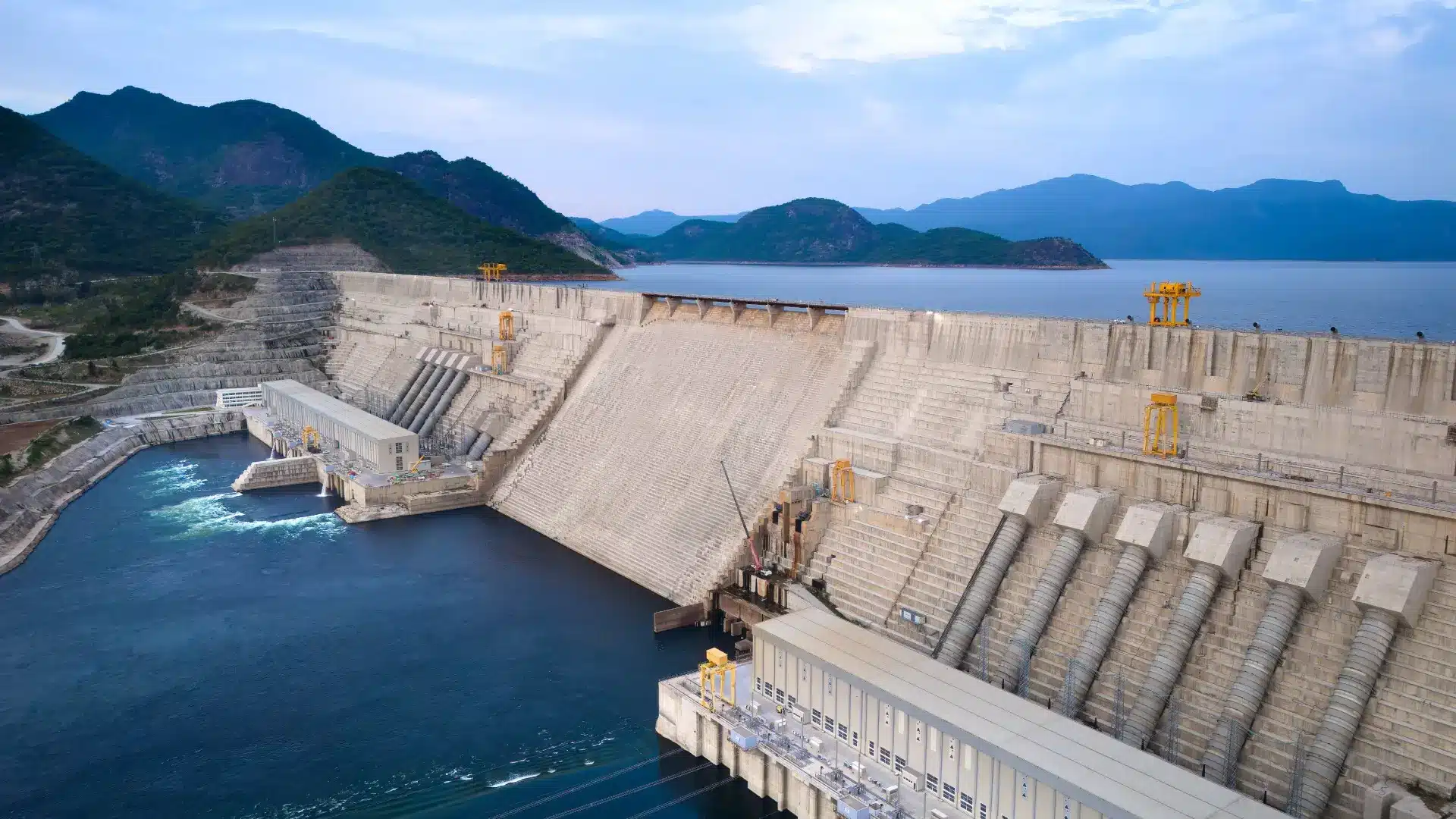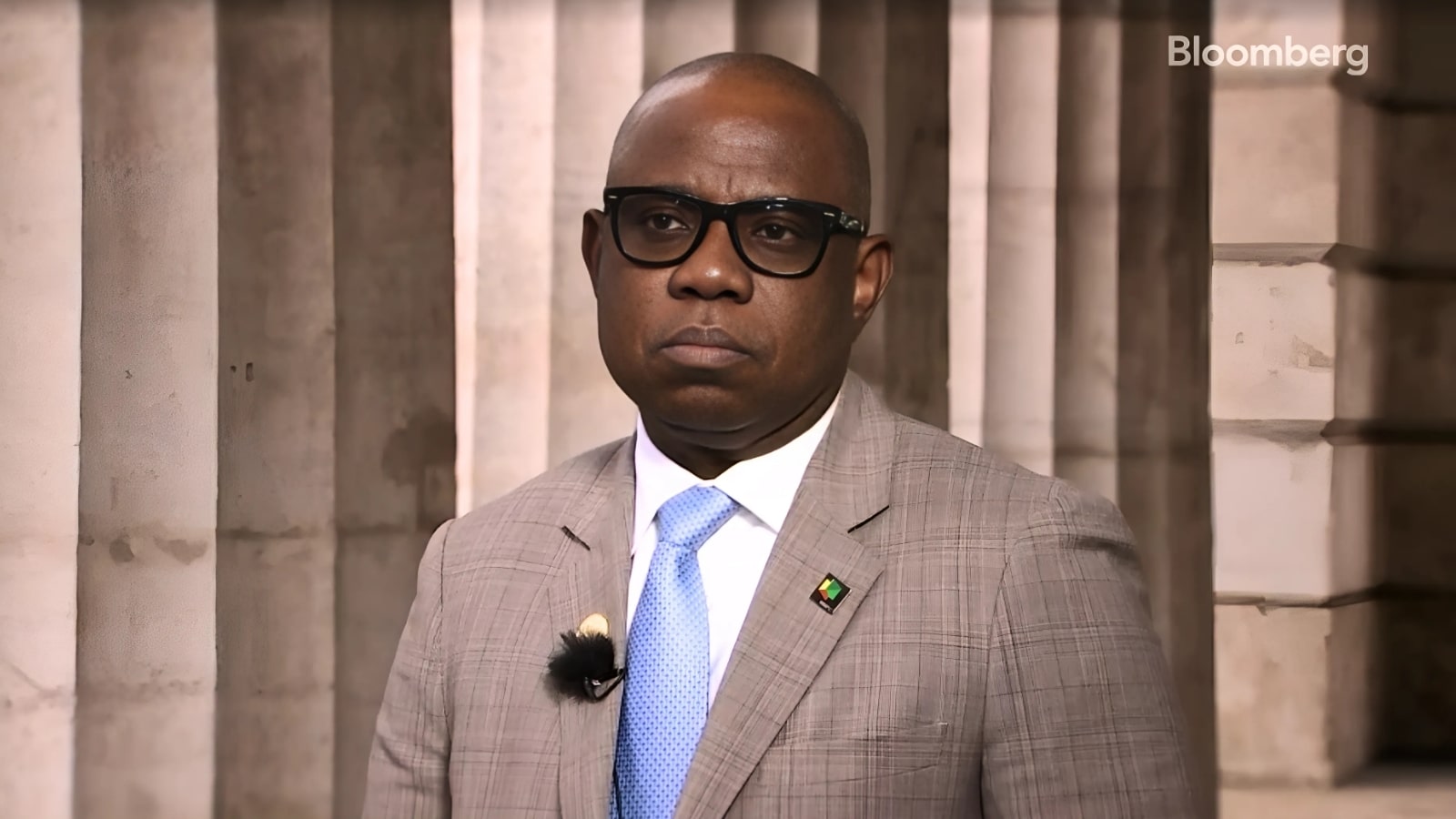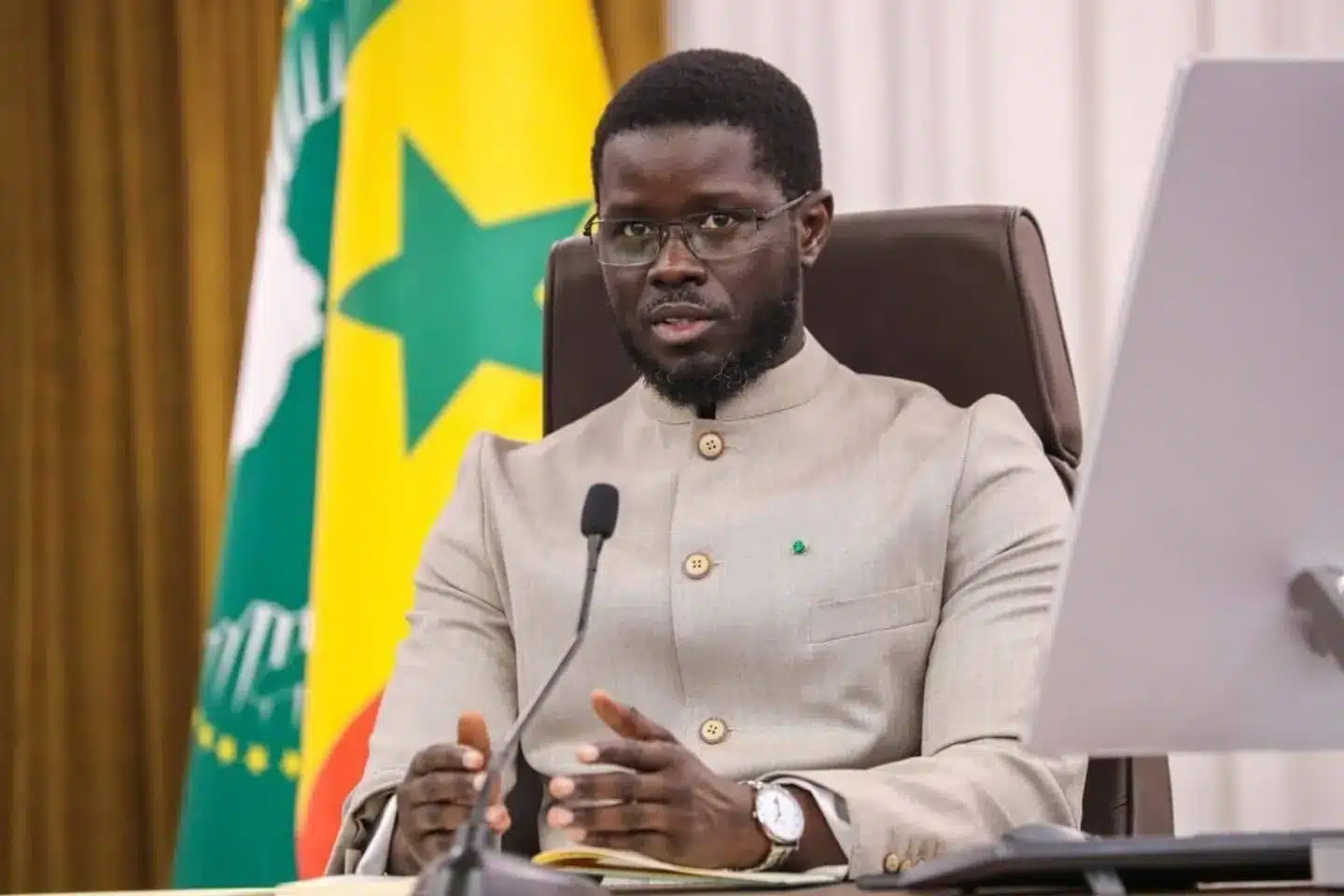Nigeria’s electricity sector has long been a paradox: vast potential buried under chronic challenges.
Despite being one of Africa’s largest economy and home to more than 220 million people, the country’s power supply remains unreliable, expensive, and inequitable.
Successive reforms — from the Electric Power Sector Reform Act of 2005 to privatisation in 2013 — promised transformation but largely failed to deliver steady light to homes and power to industries.
The result has been a country where businesses lose competitiveness, households spend billions annually on self-generation, and the national grid collapses with alarming regularity.
The numbers tell their own story. Installed generation capacity stands at roughly 13,000 MW. However, in reality, only a third of that ever reaches consumers due to technical losses, weak transmission infrastructure, and distribution bottlenecks.
The grid’s fragility costs the economy an estimated $29 billion annually in lost productivity.
Even where supply exists, more than half of consumers remain unmetered, relying on controversial estimated billing systems that fuel disputes and erode trust between customers and electricity distribution companies (DisCos).
On 9 June 2023, President Bola Tinubu signed into law the Electricity Act 2023, repealing the outdated 2005 framework. This was not simply a legal update — it was a structural reset.
The Act decentralises Nigeria’s electricity governance, empowers states to create and regulate their own electricity markets, and seeks to encourage private investment, renewable integration, and competition.
For the first time, subnational governments can take full control over generation, transmission, and distribution within their borders, even if linked to the national grid.
The law also mandates the federal government to produce a National Integrated Electricity Policy and Strategic Implementation Plan (NIEP) to guide development, while creating a Nigeria Independent System Operator (NISO) to manage grid operations independently from the Transmission Company of Nigeria (TCN).
By separating system operation from transmission ownership, the government hopes to improve reliability, scheduling, and investor confidence.
Two years on, we are starting to see the early signs of change.
States such as Enugu, Ekiti, and Ondo have enacted their own electricity laws and begun the regulatory handover from the Nigerian Electricity Regulatory Commission (NERC).
In some places, localised service improvements are emerging. Yet challenges persist: inadequate infrastructure, inconsistent regulation across states, investor uncertainty, and the ever-sensitive issue of electricity tariffs.
The sections that follow examine the reform’s most critical dimensions — the federal policy framework, state-level empowerment, consumer impact, and the barriers that could slow or even derail progress.
A federal compass in a decentralised market
One of the Electricity Act’s most important innovations is that it retains a clear federal role even as it hands states greater autonomy.
Under the law, the Ministry of Power must produce the National Integrated Electricity Policy and Strategic Implementation Plan (NIEP) within one year of the Act’s commencement.
This plan, approved by the Federal Executive Council on 5 May 2025, is intended to coordinate national and subnational electricity development, ensure energy mix optimisation, and integrate renewable energy into both federal and state grids.
The Act also creates the Nigeria Independent System Operator (NISO), separating grid management from TCN’s transmission ownership.
This structural change aims to enhance efficiency in dispatching power, scheduling maintenance, and integrating renewable sources without the conflicts that sometimes arise when a single entity owns and operates the transmission system.
Meanwhile, NERC remains the apex regulator for states that have not yet established their own electricity laws and regulators. It continues to licence operators, approve tariffs, enforce market rules, and protect consumers.
Once a state establishes its own framework and regulator, NERC must transfer regulatory oversight within six months, although disputes — particularly over tariff setting — have already begun to emerge between Abuja and some states.
Sub-regional empowerment and autonomy
The constitutional amendment of 2023, followed by the Electricity Act, fundamentally changed the balance of power.
States can now regulate all electricity generation, transmission, and distribution that occurs entirely within their borders — even if their networks connect to the national grid.
Enugu, a state in the southeastern region of the country, became the pioneer.
In October 2024, its Electricity Regulatory Commission assumed complete control over local licensing, tariff approval, and market supervision, making Enugu the first state to complete the regulatory transfer from NERC.
An official within the Enugu State Electricity Regulatory Commission (EERC) said the tariff cut was based on data, not politics.
“We benchmarked MainPower’s cost structure against actual service delivery,” he explained.
“Our review showed there was room to lower the tariff for Band A customers without making the utility unviable.”
He added that the Commission would monitor revenue collection and grid investments over the next year before deciding on further changes.
Since then, Ekiti and Ondo have followed, while over a dozen others — including Lagos, Delta, and Plateau — have passed enabling laws but are still building capacity for full handover.
However, autonomy brings its own burdens.
States must now fund regulators, design tariffs that balance cost recovery with affordability, and attract investment into generation and distribution assets.
Without sufficient technical expertise or investor-friendly policies, decentralisation risks creating a patchwork of markets with varying rules and service quality.
Analysts, for instance, warn that without coordination, Nigeria could end up with 37 different electricity regimes, complicating interstate trade and investment.
Consumers’ role in the new model
For consumers, the reform’s impact is already visible in some areas.
In April 2025, the federal government implemented a targeted tariff increase for the top 15 percent of electricity users.
This move reduced subsidies by 35% — from N3 trillion ($1.96 billion) to N1.9 trillion ($1.24 billion).
It also increased market revenue by about N700 billion ($456 million).
This represented a 70% rise in annual market revenue, from N1 trillion in 2023 ($652 million) to N1.7 trillion in 2024 ($1.11 billion).
The Act mandates universal metering, aiming to phase out estimated billing entirely.
The government has launched procurement for 3.5 million new meters in 2024, with more expected in 2025.
Accurate metering should improve transparency, enhance customer trust, and boost DisCos’ revenue recovery.
Hope Lekwu, Lagos-based private equity investor in Nigeria’s renewable energy space, sees the metering gap as a major risk.
“When half your customers aren’t metered, you can’t predict cash flow reliably,” he said.
“It raises financing costs because investors factor in higher risks.” He noted that decentralisation has potential but warned: “Execution is everything — states must regulate fairly, enforce payment discipline, and back infrastructure growth.”
In states where reforms are taking hold, service improvements are emerging.
In Ekiti, rural communities such as Aiyekire — cut off from power for over a decade — have been reconnected. In Abia, a public-private deal has delivered over 23 hours of daily power to local industries.
Still, the benefits are uneven. With national generation stuck at about a third of installed capacity, millions remain dependent on diesel generators — an expensive, polluting fallback.
And for many households, rising tariffs amid 30 percent inflation translate into higher living costs without a corresponding leap in supply reliability.
The infrastructure question
Perhaps the biggest threat to the Electricity Act’s success is Nigeria’s outdated and overstretched infrastructure.
Transmission lines and substations, many over four decades old, are prone to collapse.
Vandalism is a persistent problem, with dozens of attacks on TCN towers reported in recent years.
Distribution companies remain financially fragile. The World Bank approved a $500 million loan in 2024 to improve their performance, but revenue recovery is still hampered by theft, billing inefficiencies, and inadequate metering.
On the generation side, Nigeria’s heavy reliance on gas faces challenges — from pipeline vandalism to gas supply constraints.
Renewable energy offers hope, but utility-scale solar projects have struggled to attract financing due to currency volatility, policy uncertainty, and lack of government guarantees.
Off-grid and mini-grid solutions are growing, supported by development finance, but remain insufficient to close the nationwide supply gap.
Finally, the decentralisation of regulation poses both opportunity and risk.
While localised oversight can improve responsiveness, uncoordinated policy could deter investors and create regulatory conflicts between states and the federal government — as seen in recent tariff disputes between NERC and the Enugu State regulator.
Final thoughts
The Electricity Act 2023 is a milestone in Nigeria’s long quest for reliable power.
By breaking the monopoly of central control, empowering states, and opening the market to broader participation.
It creates a pathway toward a more resilient, customer-oriented electricity sector. But laws alone do not keep the lights on.
The next phase will test whether federal and state governments can coordinate effectively, attract investment, and rebuild critical infrastructure.
For consumers, the stakes are deeply personal: affordable, reliable electricity is not just a policy target — it is a foundation for economic opportunity and quality of life.
For Nigeria as a whole, success in this reform could finally break the decades-long cycle of promises and disappointments that has defined its power sector.











